Earlier this year, my brother Alex decided to bring back the tradition of gardening at our house. (My nonno, an Italian immigrant used to have a garden here, too). This project got me interested in what exactly went into tending a garden, so I decided to find & help out.

Because of this garden, we have been able to harvest: carrots, cherry tomatoes, onions, zucchini, green beans, snow peas, spinach, lettuce, kale, radish and cucumbers!! ***I am planning on making kale chips for the class at some point**
He taught me about pruning — a vital part of maintaining a healthy garden so that the plant can “focus its energy on fruiting” instead of excess leaves.
The garden itself is a square foot garden, meaning it does not allow room to step in between rows of plants. Instead, he built trellises in order to let plants grow upward. This apparently can triple the amount of garden space!

Unfortunately, the big beef tomatoes did not turn out well. We’re not sure why.
Animals can pose a threat to your garden as well. That’s why catnip is a good way to draw your cat to the garden (leaving its scent, urine and fur around) to ward off unwanted visitors like rabbits.
Soon, we are going to gather dried/brown matter (leaves, and some of our ornamental long grass) and mix it with grass clippings. This mixture will be kept for a few months to a year (with regular checking) and become compost!
Growing your own garden has many benefits, from the economical to the spiritual, as it provides the satisfaction of eating food you put your own work into. I had no idea so many variables went into creating a garden and can now say I have a better understanding & appreciation for this type of work.
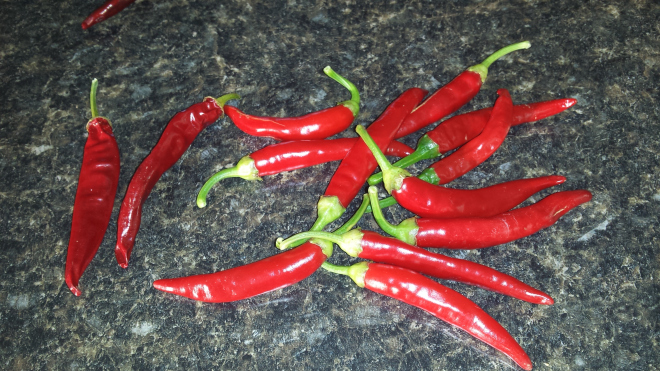

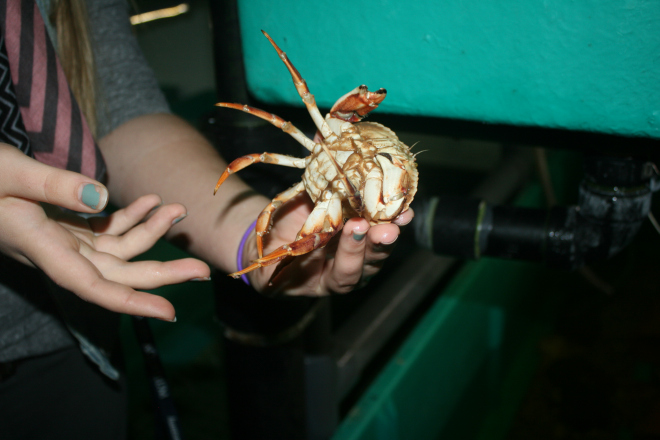







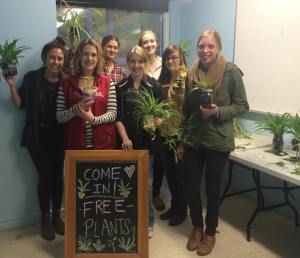





































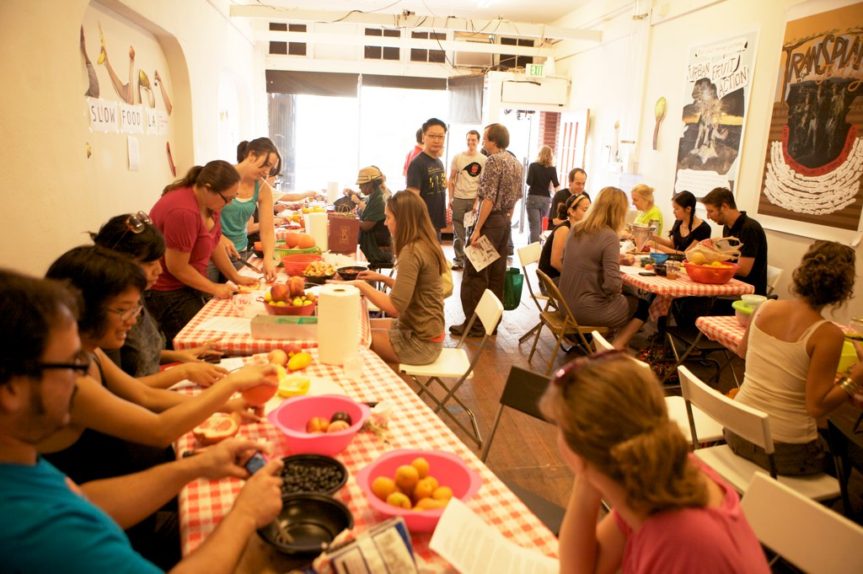

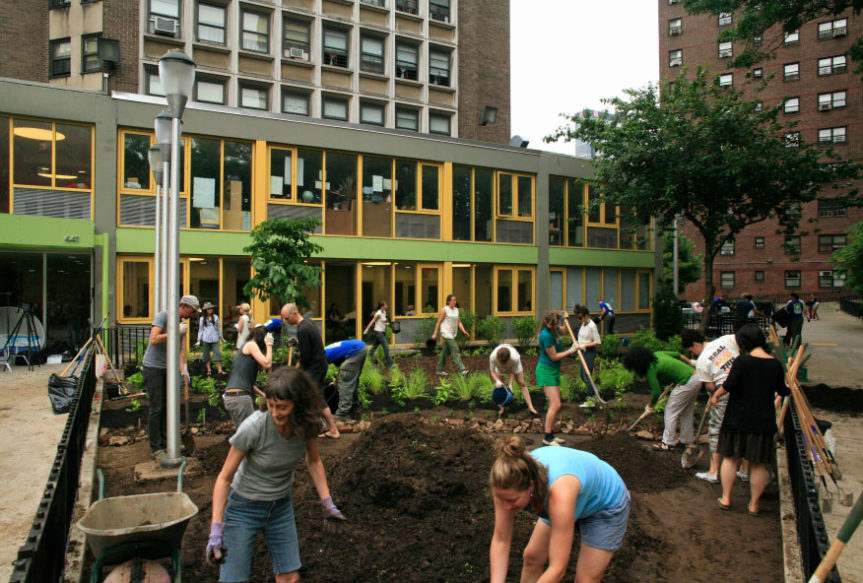



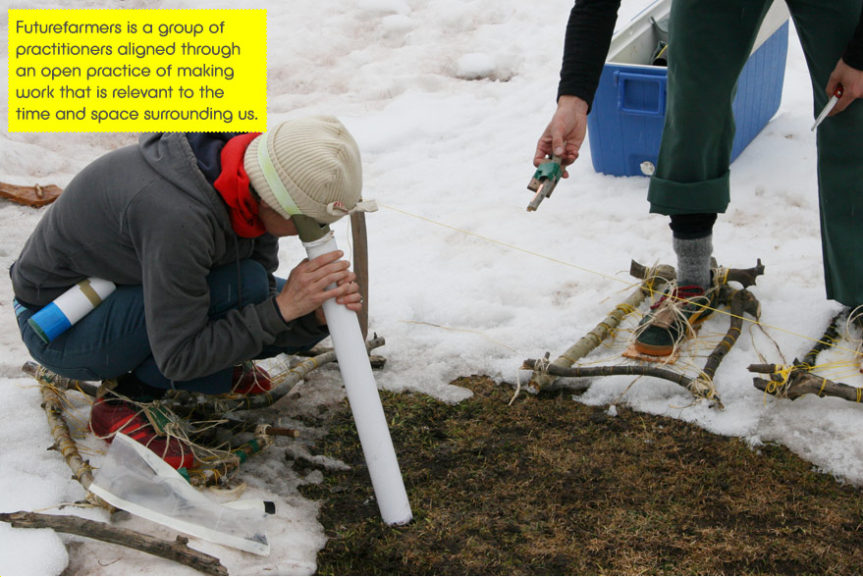

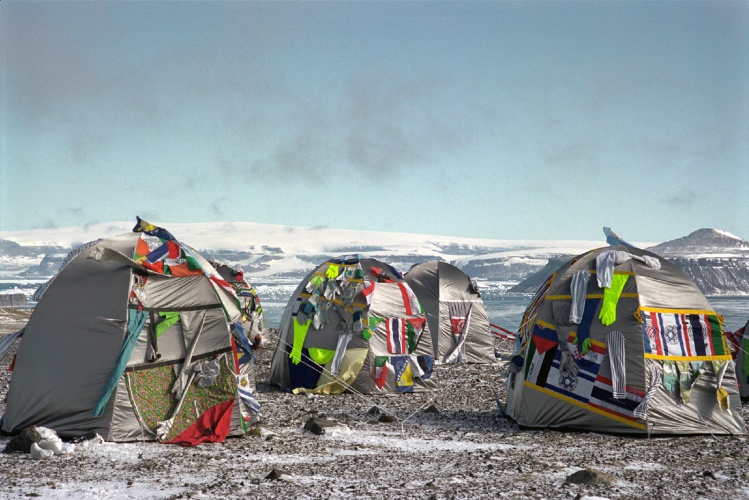

You must be logged in to post a comment.